The U.S.-origin Stryker armored combat vehicle, widely deployed in Ukraine, has undergone extensive battlefield testing under high-threat environments. While designed for rapid deployment and modular flexibility, its performance in Ukrainian terrain has exposed key operational vulnerabilities. With India evaluating similar platforms for varied terrains ranging from deserts to high-altitude cold zones understanding these limitations becomes essential. This article assesses Stryker’s operational data from Ukraine and compares its suitability across India’s complex geographies.
Stryker’s Tactical Deployment and Combat Experience in Ukraine
Stryker vehicles entered Ukraine to provide rapid infantry mobility and firepower integration across armored brigades. The vehicles were primarily used for mechanized infantry transport, engineering roles, and command post mobility. Despite strategic utility, multiple instances of battlefield degradation emerged due to design limitations when exposed to harsh operational conditions.
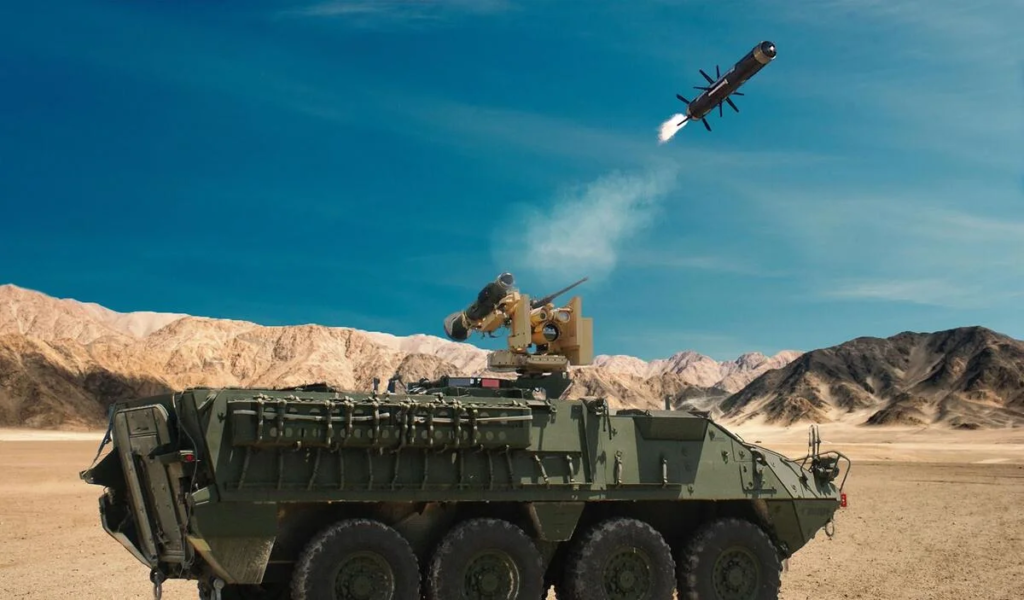
In particular, Ukrainian forces encountered difficulty maneuvering Strykers through the “rasputitsa” – the seasonal mud resulting from freeze-thaw cycles. The vehicle’s 8×8 wheeled configuration lacked the ground pressure distribution achieved by tracked infantry fighting vehicles (IFVs). Consequently, Strykers experienced frequent immobilization in off-road conditions, especially in marshlands and ploughed fields.
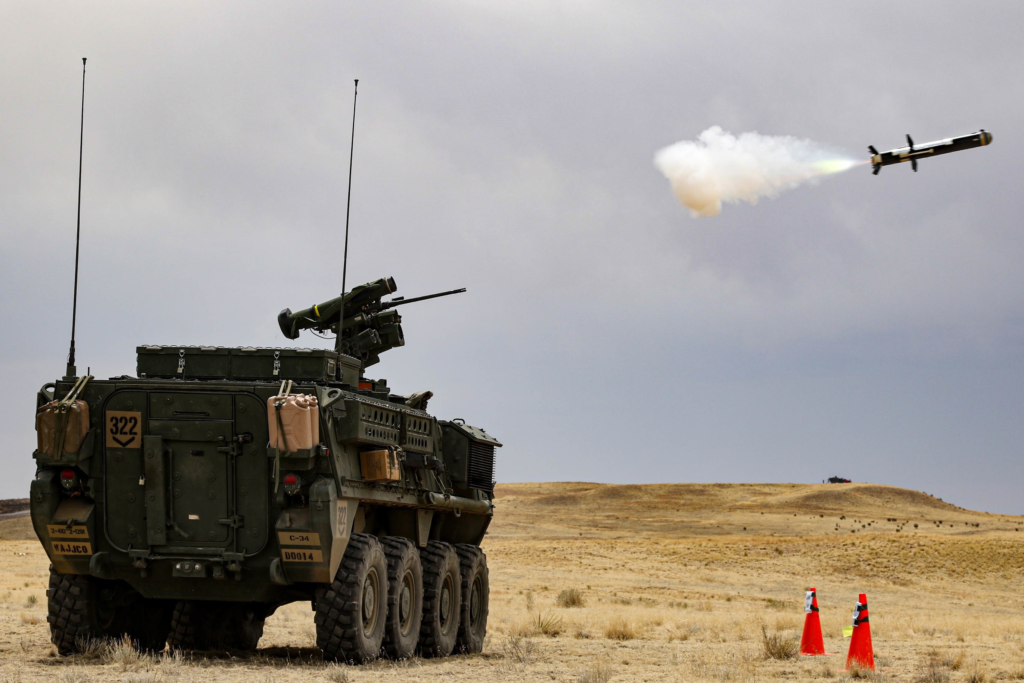
Moreover, the M1126 Infantry Carrier Variant suffered from limited mine resistance and insufficient kinetic energy dispersion. Even with Double-V Hull (DVH) modifications, the underbody could not withstand modern anti-tank mines and explosively formed penetrators. In several recorded incidents, Strykers succumbed to ATGMs such as the Kornet and Konkurs, which outmatched the passive armor protection suite.
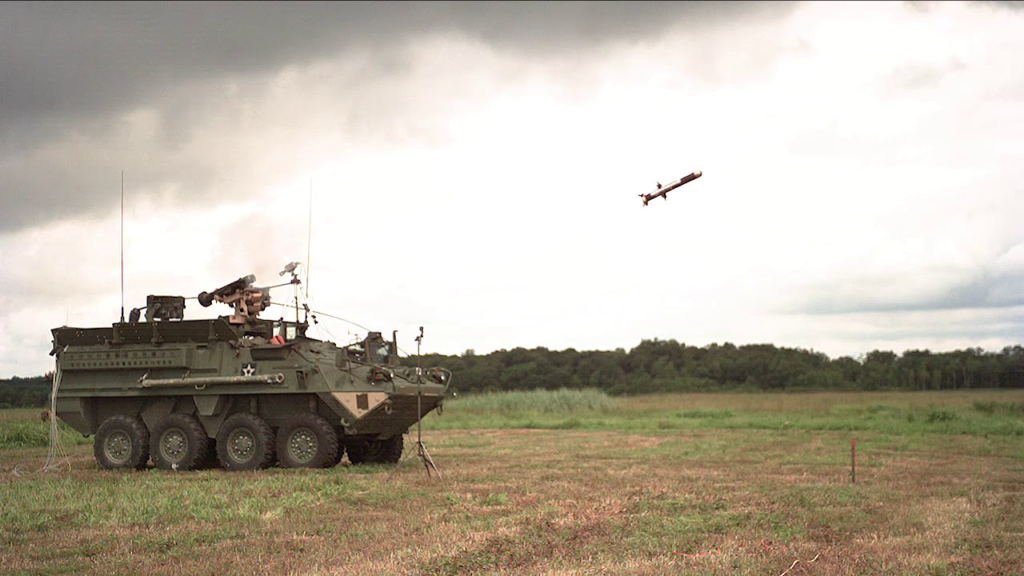
Thermal management systems also underperformed during the Eastern European winter. Lubricants thickened, batteries lost charge retention, and rubberized seals cracked under sub-zero operating conditions. These failures affected turret rotation rates, suspension damping, and sensor calibration—leading to significant combat degradation. In the absence of real-time predictive maintenance systems, vehicle availability sharply dropped during prolonged engagements.
Mechanized Limitations Across Indian Terrain Profiles
India’s geographical diversity introduces multidimensional challenges for any foreign-designed armored mobility platform. The Stryker platform, optimized for European theatre warfare, must contend with much harsher environmental, topographical, and logistical constraints if deployed across Indian theatres.
The Thar Desert: Thermal Load and Dust Infiltration
Stryker’s powerpack includes a Caterpillar C7 turbo-diesel engine that struggles in high ambient temperatures exceeding 45°C. Heat accumulation degrades engine performance and increases coolant cycling frequency. Fine particulate matter from desert sands infiltrates air intake systems, causing frequent filter clogging and loss of combustion efficiency. Additionally, rubber components harden under UV exposure, accelerating mechanical fatigue across joints and seals.
The suspension system, based on a height-management hydropneumatic mechanism, is vulnerable to grit intrusion, impairing shock absorption and articulation. Without thermal-hardened electronics, battlefield management systems (BMS) and fire-control logic processors will overheat and crash under sustained high-temperature operations.
Ladakh: Altitude-Induced Power Loss and Cold Start Failures
At elevations above 14,000 feet, reduced air density critically lowers combustion efficiency and engine power output. The C7 engine, without altitude-compensating turbocharger calibration, exhibits power loss nearing 30%. This reduction severely hampers acceleration and gradient-climbing ability on mountainous terrain.
Moreover, low ambient temperatures below -20°C increase the risk of hydraulic fluid thickening and starter motor failures. Without preheating systems, Strykers experience frequent cold-start delays and actuator sluggishness. Electronics face signal propagation issues due to crystallization in solder joints and degraded battery performance.
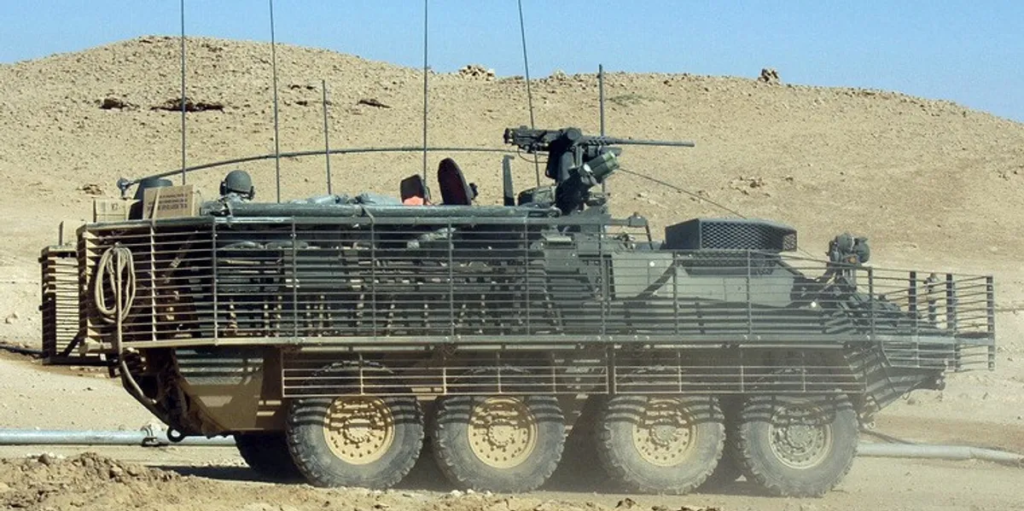
Punjab’s Marshes and North-East Wetlands: Subsurface Instability
The flat yet saturated lands of Punjab’s border regions and the wetlands of Assam mimic Ukrainian black-soil terrain during monsoon months. Here, the wheeled mobility architecture presents a critical flaw. Stryker’s gross vehicle weight (GVW), exceeding 18 tonnes, leads to rapid sinkage in unreinforced terrain.
Tracked IFVs distribute ground pressure more effectively, whereas Stryker’s contact area remains limited. Without integrated central tire inflation systems (CTIS) adaptable in real-time, the vehicle risks becoming embedded during tactical maneuvers. The hydromechanical driveline also lacks torque vectoring capabilities, reducing traction under asymmetric load conditions.
Water ingress through lower hull hatches compromises internal electronics, affecting navigation systems, radio terminals, and mission-critical computing cores. Unlike amphibious-capable vehicles, the Stryker requires dry fording or bridge-layer support, reducing operational agility in riverine sectors.
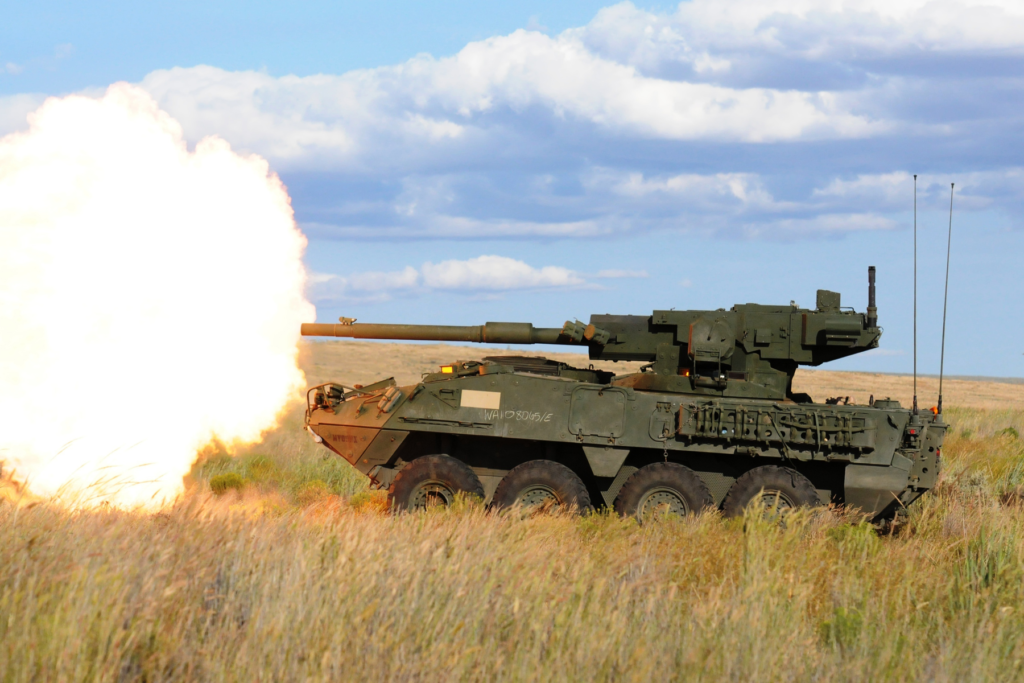
Vulnerability to High-Intensity Fire Zones
Indian deployment scenarios along the western front demand high survivability under direct fire from anti-tank guided missiles (ATGMs), rocket-propelled grenades (RPGs), and kinetic penetrators. Ukrainian data confirms that Stryker’s armor, even when reinforced with appliqué ceramic kits, remains ineffective against tandem-charge warheads.
Furthermore, its remote weapon stations (RWS) exhibit latency under electronic warfare interference. In an electromagnetic spectrum-denied environment, target acquisition slows down, and engagement timelines increase. With minimal redundancy in system architecture, single-point failures disable mission-critical functionalities.
The absence of an Active Protection System (APS) further amplifies vulnerability. In contested sectors like Rajasthan or Jammu, where long-range ATGMs proliferate, this omission compromises both platform survivability and crew safety.
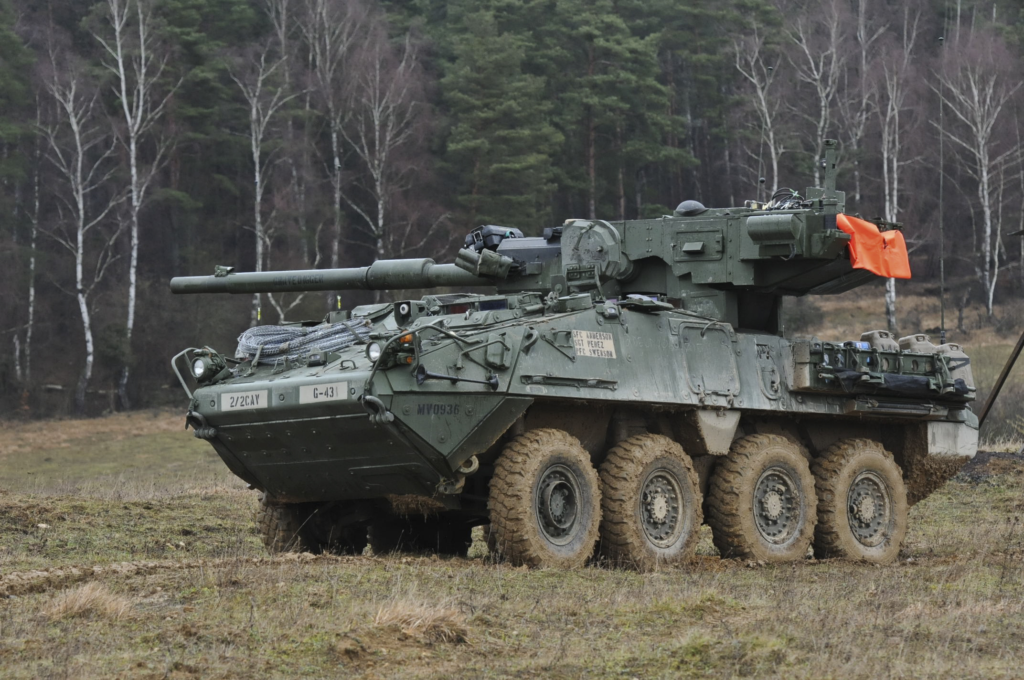
Sustainment, Logistics, and Field Repair Challenges
Field repair units in Ukraine reported significant difficulty in maintaining Stryker’s sophisticated suspension, electrical harnesses, and digital communication suites. India, with its remote staging areas and challenging road infrastructure, would face greater hurdles. The supply chain for American-origin components would require pre-positioned logistics nodes and trained technical crews across multiple high-altitude and forward areas.
In contrast, modular Indian designs like the DRDO WhAP or the Tata Kestrel incorporate locally-sourced subsystems and tolerate harsher operational abuse with simpler maintenance protocols. Stryker’s modularity favors NATO logistics integration but lacks adaptability for Indian field conditions without localized modifications.
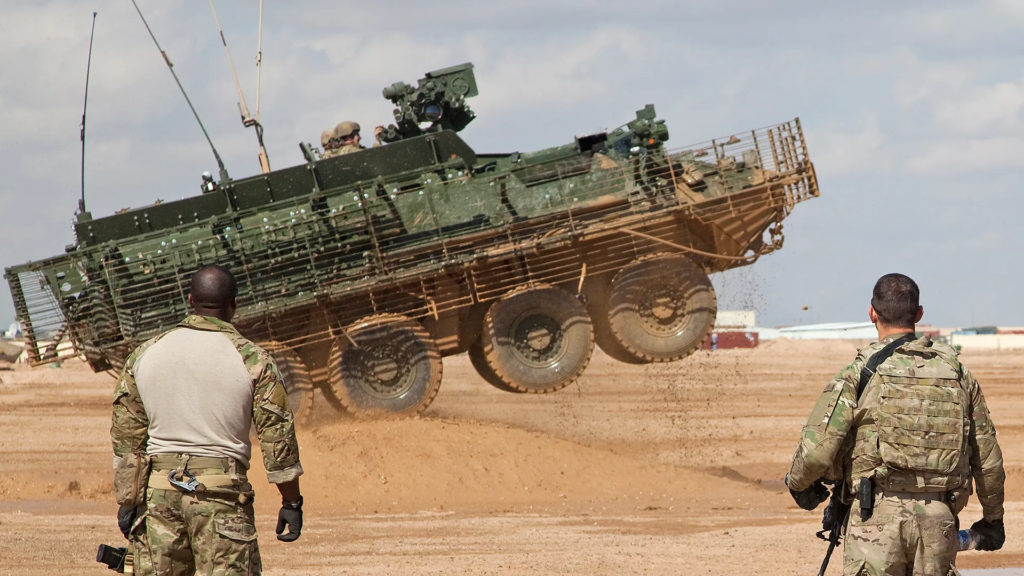
Conclusion
Stryker’s battlefield performance in Ukraine exposes systemic flaws in terrain adaptability, survivability under modern firepower, and thermal-resilience engineering. These limitations will compound further across India’s diverse operational theatres. The Indian Army requires an armored platform optimized for high-altitude endurance, desert thermal performance, and amphibious agility none of which the baseline Stryker can guarantee without extensive redesign and indigenization.
Therefore, Stryker, in its current form, represents a platform misaligned with India’s strategic needs. Tactical mobility must not come at the cost of strategic adaptability, especially across a subcontinent defined by climatic extremities and heterogeneous terrain.
References
- The War Zone – What Stryker Armored Vehicles Could Bring To Ukraine’s Fight
https://www.twz.com/this-is-what-stryker-armored-vehicles-could-bring-to-the-fight-in-ukraine - Modern War Institute, West Point – Never Bring A Stryker To A Tank Fight
https://mwi.westpoint.edu/never-bring-stryker-tank-fight - Financial Express – Stryker APCs: Unreliable Wheeled Vehicles for Ideal Battlefield Conditions
https://www.financialexpress.com/opinion/stryker-apcs-unreliable-wheeled-vehicles-for-ideal-battlefield-conditions/3631084 - Oryx Blog – Attack On Strykers: Equipment Losses in Ukraine
https://www.oryxspioenkop.com/2022/02/attack-on-strykers-equipment-losses-in.html - Reddit OSINT Footage – Stryker Hit by RPG in Ukraine (User Commentary)
https://www.reddit.com/r/UkraineWarVideoReport/comments/1f40v88 - Transcend Media Service – Nightmare of NATO Equipment Being Sent to Ukraine
https://www.transcend.org/tms/2023/01/the-nightmare-of-nato-equipment-being-sent-to-ukraine - Wikipedia – Stryker Armored Vehicle (Combat Loss Summary)
https://en.wikipedia.org/wiki/Stryker - Defence News India – Why the Indian Army May Struggle with Stryker Deployment
https://www.defencenews.in/article.aspx?id=333740 (For contextual support on terrain considerations) - Army Recognition – Stryker DVH and Survivability Modifications
https://www.armyrecognition.com/united_states_army_wheeled_armoured_vehicles/stryker_dvh_m1126_infantry_carrier_vehicle_icv_armored_personnel_carrier_technical_data_sheet_specifications.html
